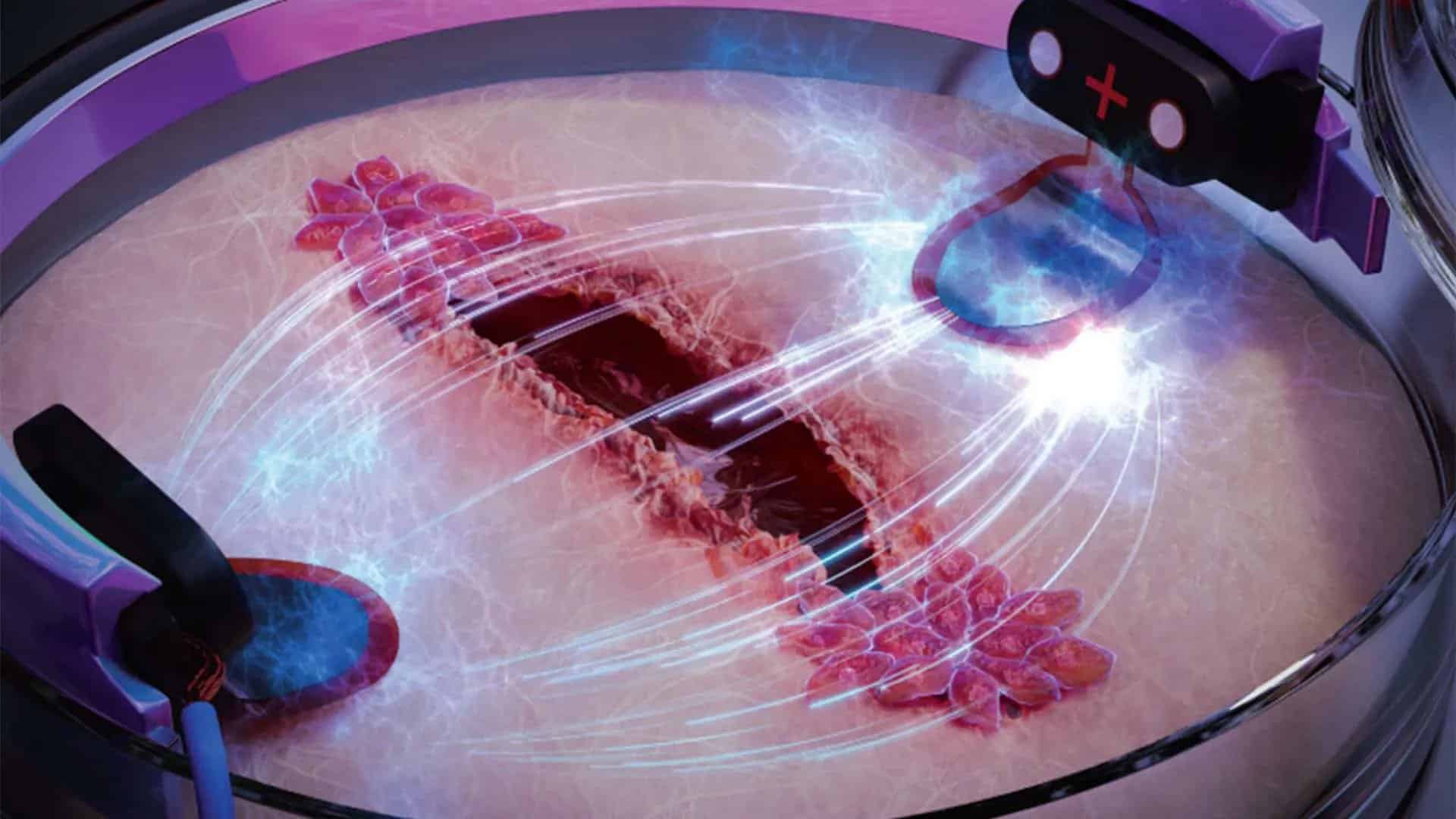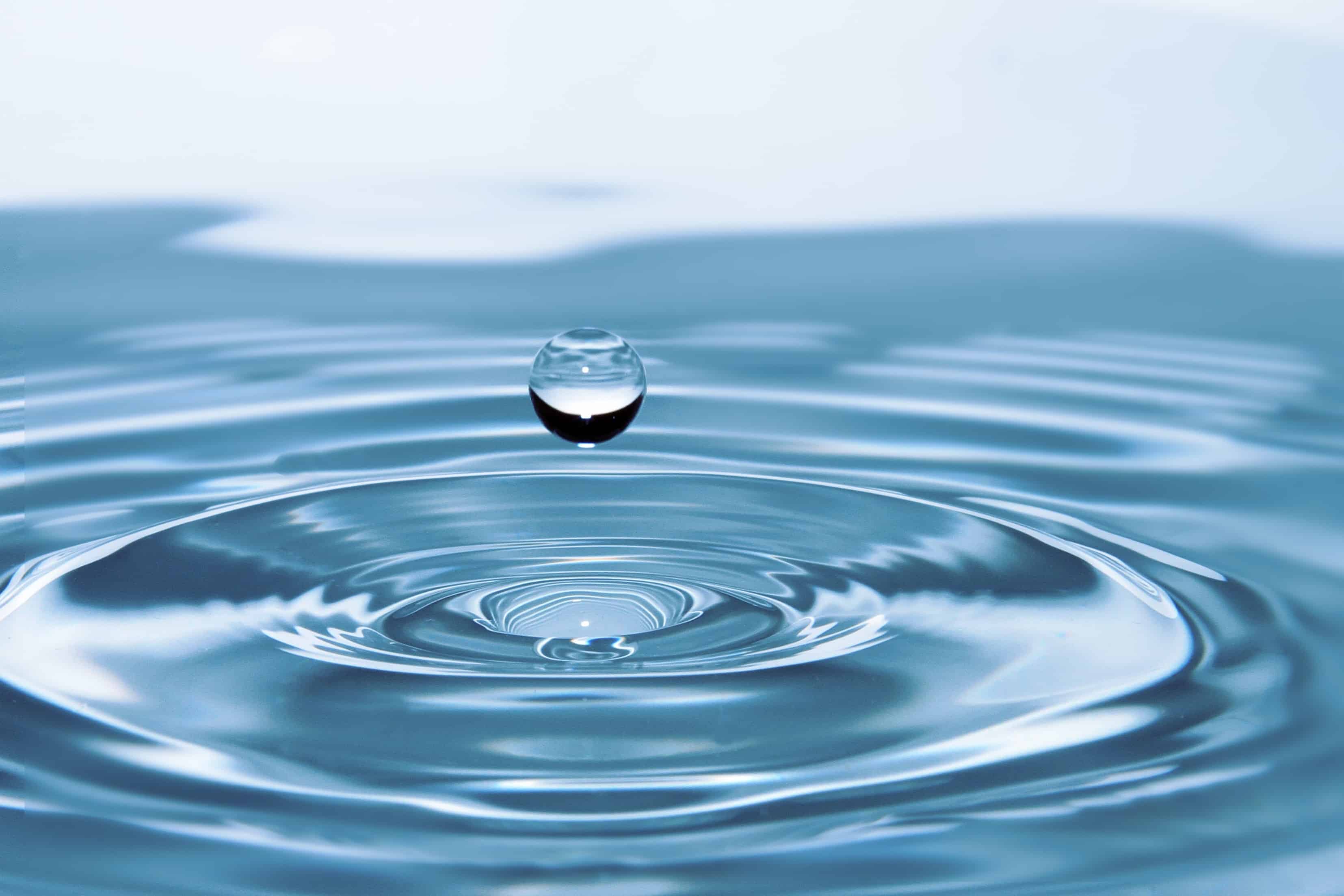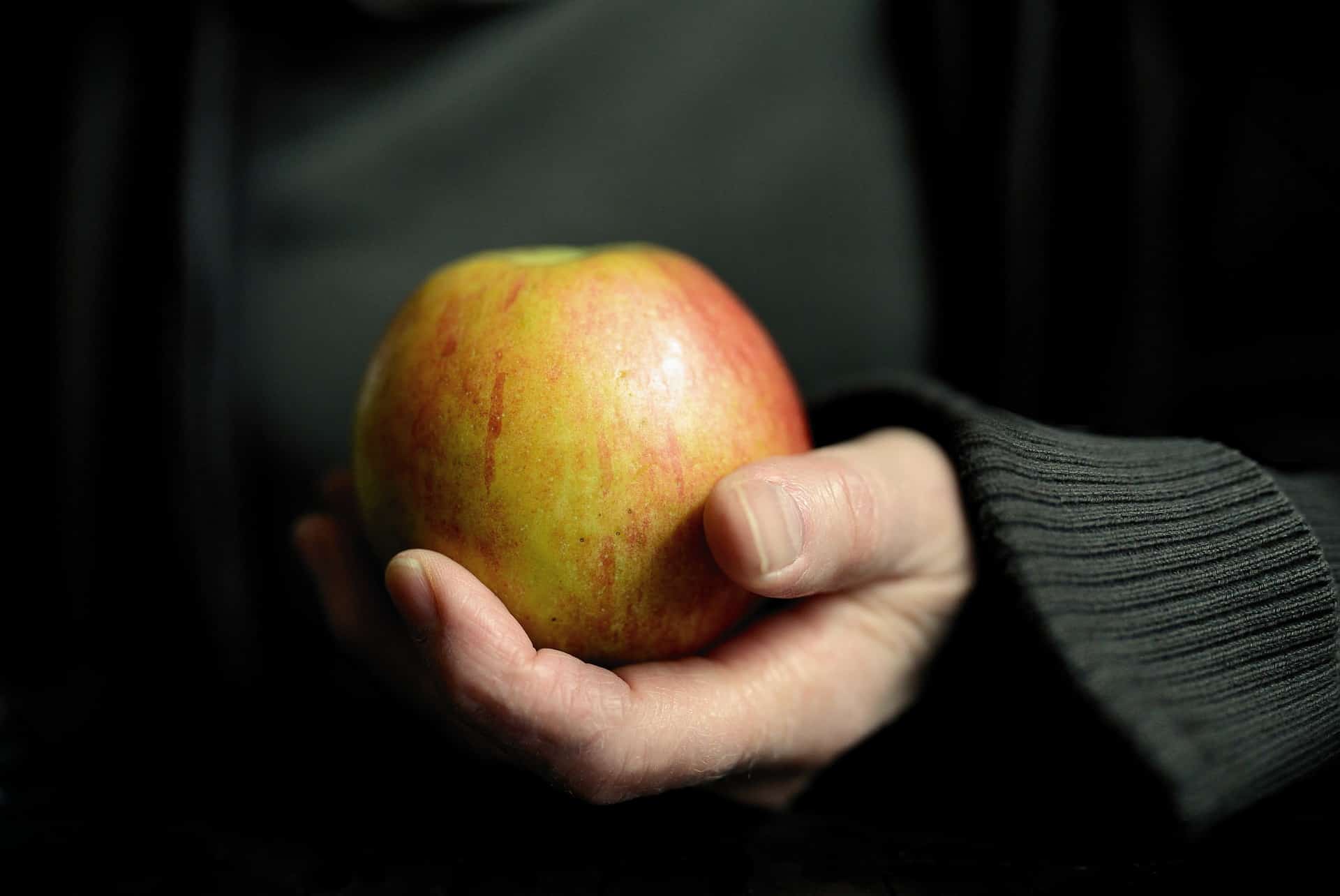
Chronic wounds occur when injuries do not heal within three months and become arrested in the wound-healing process. The reasons for this are many and varied. Engineering graduate Dr. Lisa Hacobian focused her study on two common factors: oxygen deficiency, as often occurs in vascular or metabolic diseases, and infections. The research goal was to investigate new therapies to improve wound healing.
Chronic wounds
Chronic wounds are a very complex issue, and the individual wound situation often exceeds the potential of conventional treatment approaches. This is because infected wounds can be colonized by different strains of microorganisms. These strains can also interact and develop a variety of defense mechanisms. “For infections, antibiotic treatment has long been a near-perfect treatment option. But increasing antibiotic resistance threatens to undo this great achievement,” explains Hacobian and continues, “Already, hundreds of thousands of people worldwide die every year from infections against which antibiotics no longer help. If we don’t get a handle on the problem, the WHO estimates it could affect as many as 10 million people a year by 2050.”

Antibiotic resistance
In addition, various underlying diseases that affect the immune and vascular systems can further complicate therapy. Research is increasingly approaching this complexity in the field of chronic wounds and is already showing initial successes. However, due to the growing antibiotic resistance, the clock is ticking. Global collaboration and different research approaches will be necessary to develop good treatment alternatives as quickly as possible, ready to be used if the golden standard of antibiotic therapy should no longer work, the researcher said.
Non-invasive physical therapy
In her dissertation, Hacobian followed up on treatment alternatives she had researched during her internship at the Ludwig Boltzmann Institute of Traumatology during her bachelor’s degree where she learned about non-invasive physical therapy approaches and phototherapy in particular. She was intrigued by the idea of treating chronic wounds in a non-invasive way that would result in significant improvements for patients. Her dissertation has now become part of the worldwide body of research.

How phototherapy works
Phototherapy is based on the application of light of a specific wavelength (color of light) and has traditionally been used in two different ways: photobiomodulation (PBM) and antimicrobial photodynamic therapy (aPDT). Both therapies have been used since the early 20th century and showed good treatment results even then. Niels Finsen received the Nobel Prize for the treatment of lupus vulgaris (skin tuberculosis) with blue and red light as early as 1903.
Currently, photodynamic therapy is being used successfully in the field of oncology, for example. It works well for bronchial, esophageal, and bladder carcinoma, as well as for a number of skin tumors. Antimicrobial photodynamic therapy has been used successfully in dentistry for the treatment of periodontitis, among other things. “For a long time, antibiotic treatment was a near-perfect therapeutic option for infections, so there was little need for alternatives. The use of photodynamic therapy to treat infections is therefore still comparatively in its infancy here,” the researcher said.
Colored light color and photoactive substances
In photobiomodulation, cells and tissues are irradiated with colored light. In antimicrobial photodynamic therapy, photoactive substances are irradiated with light dye to activate an antimicrobial chain reaction and fight infections.
Combined, the two therapies combine two positive aspects: They can stimulate wound healing and reduce the germ load. They also attack a large number of components of the microorganisms. This distinguishes them from antibiotics, which are usually based on the specific lock-and-key principle. In the latter, the active ingredient prevents growth or even kills the bacterium by binding precisely to a specific site in the bacterium.

Photo: Graphic from the paper Antimicrobial photodynamic therapy fighting polymicrobial infections – a journey from in vitro to in vivo by Hacobian, L. et al.
Treatment alternatives for chronic wounds
In her dissertation, Hacobian investigated phototherapy as an alternative treatment option to combat wound infections and improve wound healing and pursued three research approaches.
She examined the effects of photobiomodulation on cell types relevant to wound healing. In doing so, she mimicked certain aspects of impaired wound healing through oxygen deprivation and subsequent reoxygenation.
To test alternative therapeutic approaches, such as antimicrobial photodynamic therapy, she developed a realistic infection wound model in immunocompromised mice. She explored the bactericidal effect of antimicrobial photodynamic therapy (aPDT) in suspension culture and wound-relevant experimental models. Suspension culture refers to bacteria floating in a liquid medium. She then tested aPDT as a potential treatment for chronic wounds in a mouse model. This involved infecting the mice with a polymicrobial stool suspension under immunocompromised conditions.
In her work, Hacobian was able to show not only the positive effect of photobiomodulation on cell types important for wound healing but also the great potential of antimicrobial photodynamic therapy. This was demonstrated by significantly improved and faster wound healing of infected mouse wounds.
Possible applications of phototherapy
Because photodynamic therapy is a minimally invasive method, the barrier to its actual application is lower than in other fields. But a number of research questions are still open. For instance, it must be determined which parameters are suitable for which wound and for which microorganism, and how these change in certain situations. For example, when different germs come together, biofilms occur, resistance occurs and different underlying diseases are present. Parameters that still need to be investigated include light source, wavelength, intensity, photoactive substance, incubation time, mode and time of irradiation, as well as repetitions, et cetera. “Here, above all, corresponding clinical studies can still make a major contribution and advance the therapy step by step,” explains Hacobian.
Phototherapy per se is relatively easy to use and could therefore also be applied effectively in the home environment. This is in line with the current trend of giving patients more personal responsibility to relieve the burden on the healthcare system. Photodynamic therapy also has a lot of potential in terms of self-application. There are already approaches for the simplest possible application of photoactive substances. For example, in the treatment of skin cancer, a photoactive cream is used that is applied to the corresponding skin areas before irradiation.







